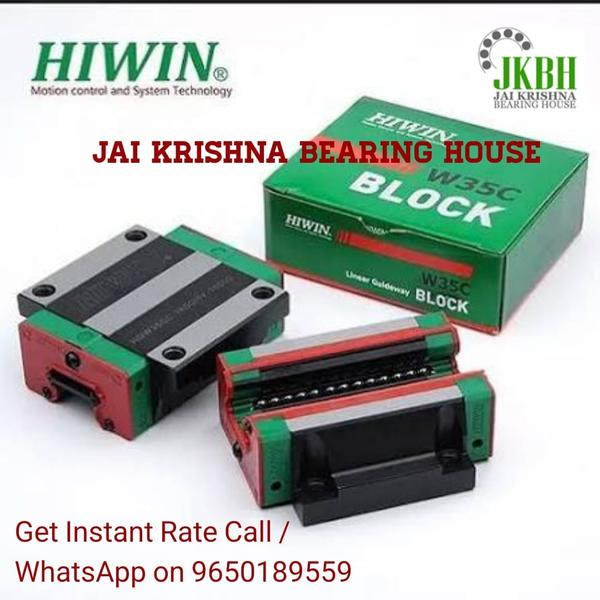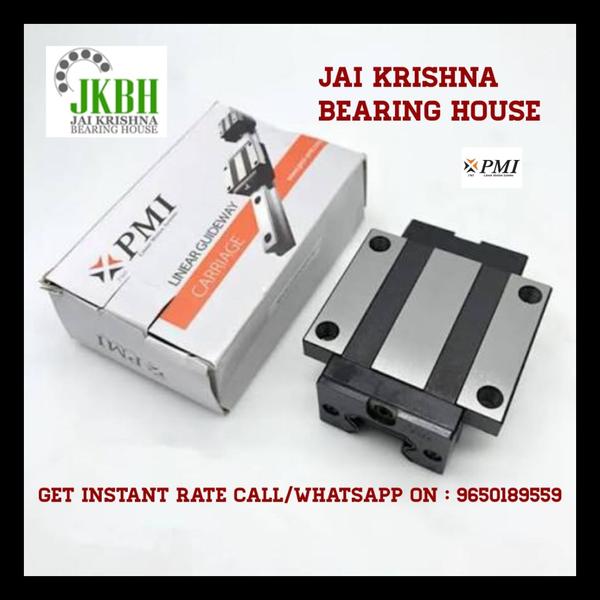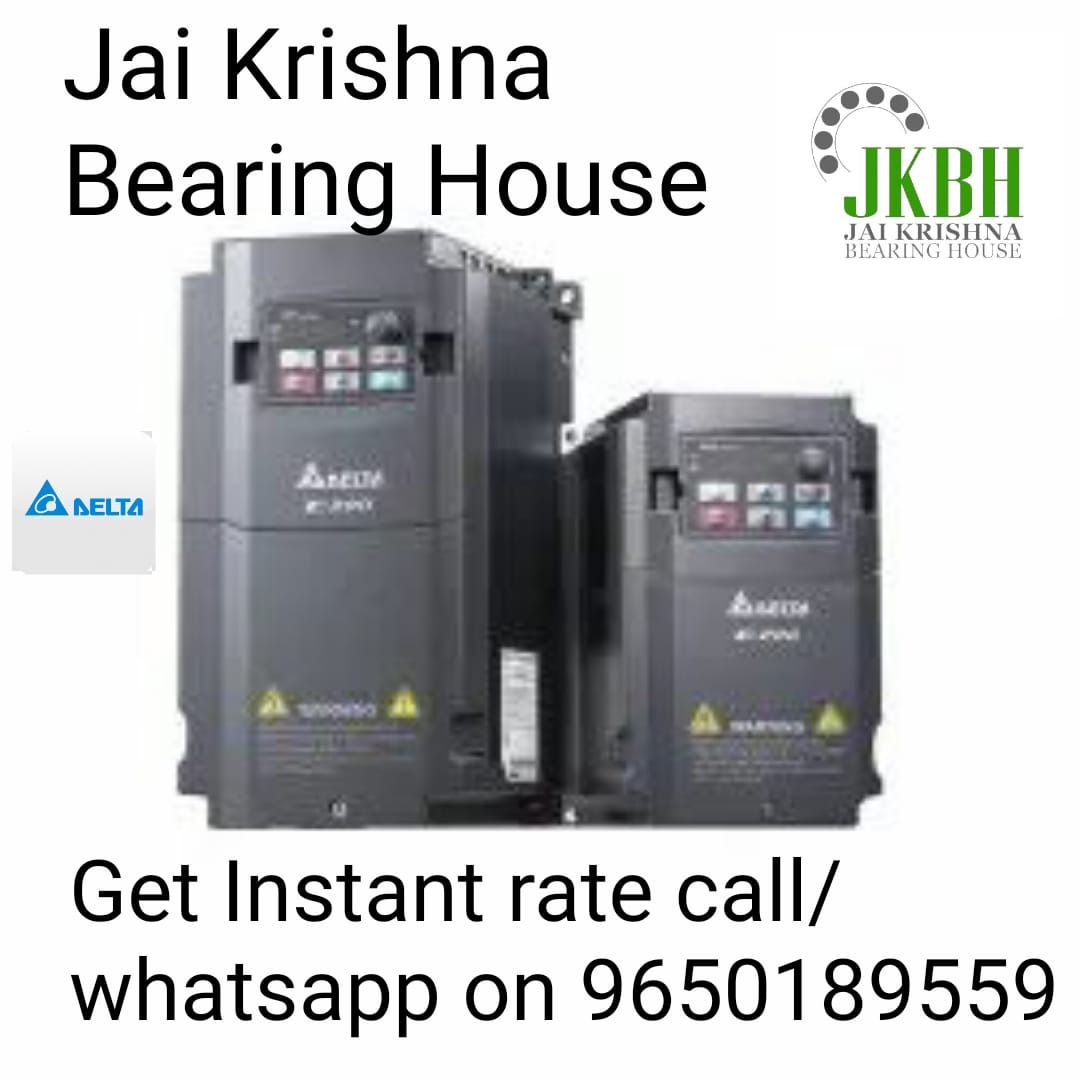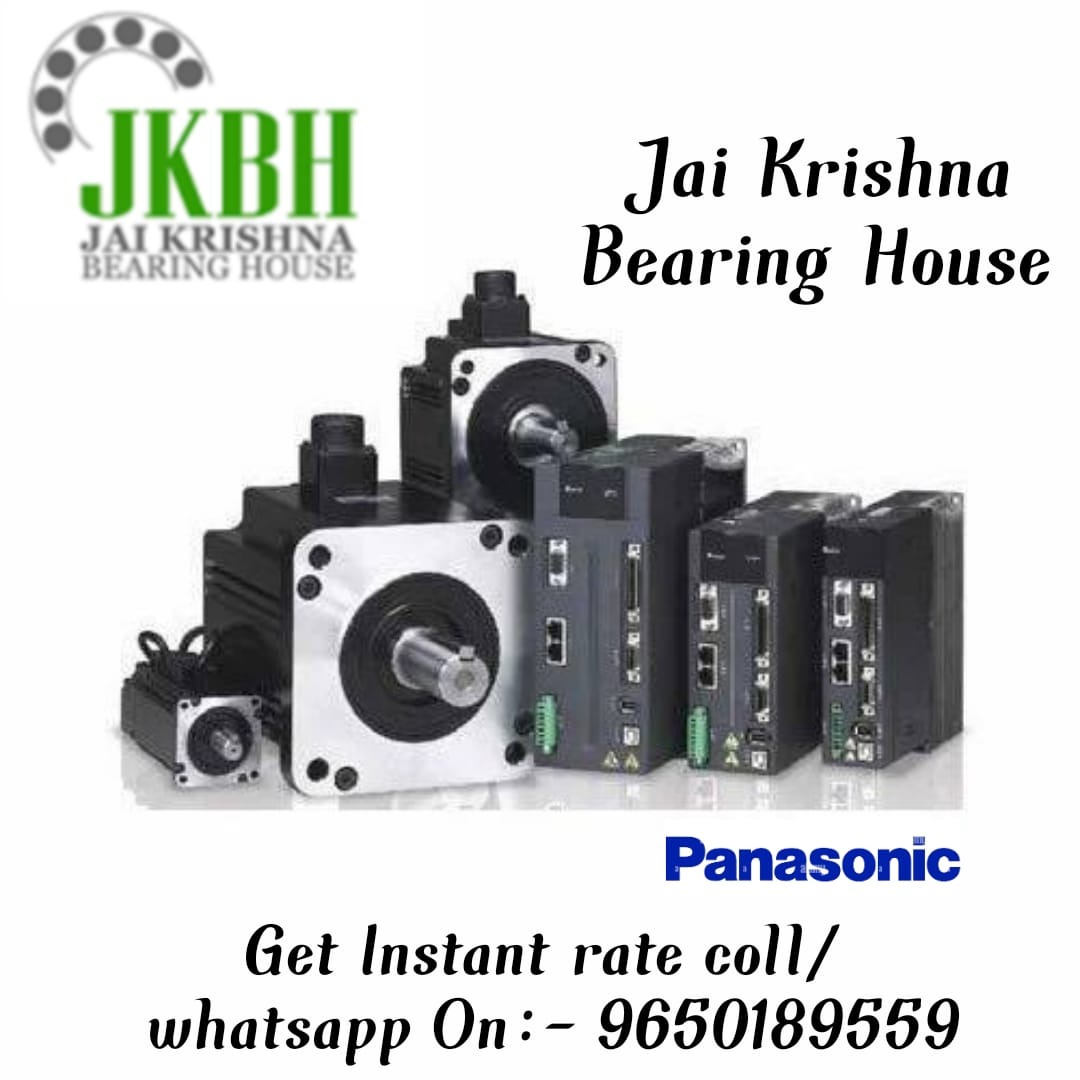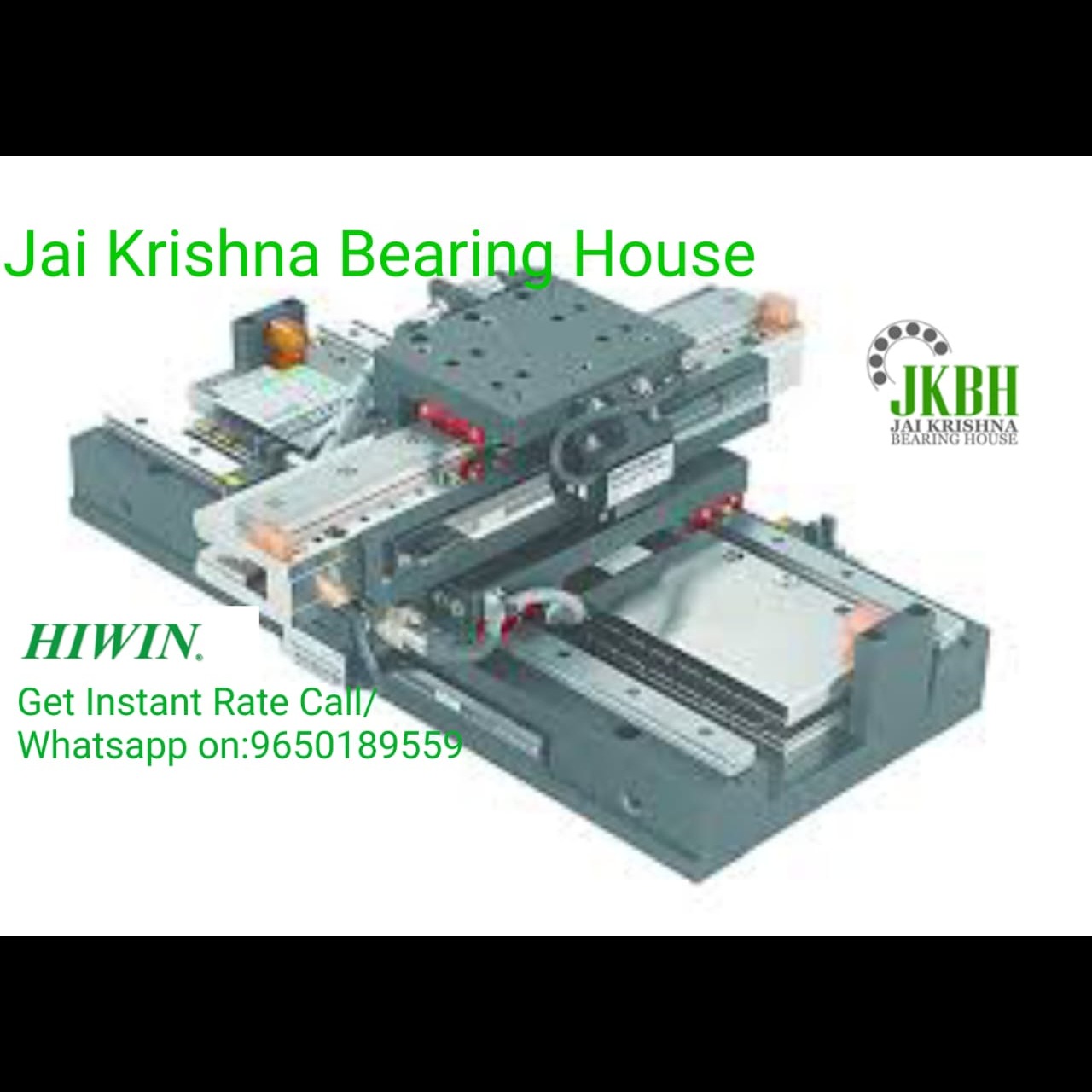
A Hiwin Linear Motor is a direct drive motor that generates linear motion without the need for mechanical transmission elements like screws, belts, or gears.
Instead of rotating, it produces motion in a straight line, making it ideal for high-speed, high-precision, low-maintenance applications.
🧩 Types of Hiwin Linear Motors
Hiwin manufactures several types of linear motors, each suited for different performance requirements:
1. Iron-Core Linear Motors (LMC Series)
High force density
Excellent thermal management
Used in high-speed, high-load applications
Typical in machine tools and pick-and-place systems
2. Ironless Linear Motors (LMF Series)
No cogging (very smooth motion)
Lower force than iron-core motors
Ideal for precision scanning, semiconductor, and medical equipment
3. Linear Voice Coil Motors (VCM Series)
Extremely fast and precise
Limited stroke (short linear travel)
Used in high-speed, small-stroke applications like focus systems or miniature actuators
🔬 Components of a Linear Motor System
Component Description
Primary Part (Forcer) Contains the coils (electromagnetic windings); generates the moving magnetic field
Secondary Part (Magnet Track) Contains permanent magnets aligned in alternating polarity
Linear Encoder Provides feedback for position control
Controller & Drive Interprets control signals and powers the motor accordingly
⚡ How Does It Work?
Current is applied to the coils in the forcer.
Electromagnetic fields interact with the permanent magnets on the magnet track.
This produces a Lorentz force, moving the forcer linearly along the track.
A linear encoder continuously monitors the position and provides feedback to maintain precise motion.
This method eliminates mechanical backlash, wear, and energy loss found in traditional systems.
🏆 Key Features & Advantages
Feature Benefit
Direct Drive No mechanical transmission; increased reliability
High Acceleration & Speed Up to 10g acceleration; speeds over 5 m/s
Ultra-High Precision Nanometer-level repeatability (with precision encoder)
No Backlash or Friction Smooth motion with zero mechanical play
Low Maintenance Fewer moving parts means less wear
Customizable Stroke Length The magnet track can be scaled to application needs
📦 Typical Applications
Industry Use Case
Semiconductor Wafer inspection, lithography
Medical Devices Robotic surgery, imaging systems
Electronics PCB assembly, laser cutting
Automation Pick-and-place, metrology, packaging
CNC & Machine Tools High-speed milling and routing
🛠️ Comparison: Iron-Core vs. Ironless Motors
Feature Iron-Core (LMC) Ironless (LMF)
Force Density High Medium
Cogging Present (minimal with design tuning) None
Heat Dissipation Excellent Moderate
Motion Smoothness Good Excellent
Applications Heavy-load, general automation Precision, medical, semiconductor
📋 Selection Criteria
To choose the right Hiwin linear motor, consider:
Required force (continuous and peak)
Stroke length
Desired speed and acceleration
Precision and repeatability
Thermal requirements
Environmental conditions (vacuum, cleanroom, etc.)
🔧 Integration Notes
Linear motors require high-quality controllers with feedback systems.
Must use high-resolution encoders for closed-loop operation.
Cooling (air or water) may be required for high-performance applications.
Proper alignment is critical to avoid magnetic drag or damage.
Keywords
feedback systems
magnet track
highresolution encoders
design tuning
forcer linearly
work current
focus systems
machine tools
screws belts
produces motion
precision encoder
acceleration precision
permanent magnets
linear motors
ironcore motors ideal
required force continuous
permanent magnets aligned
hiwin linear motor
precision scanning semiconductor
10g acceleration speeds
generates linear motion
direct drive motor
friction smooth motion
maintain precise motion
avoid magnetic drag
routing comparison ironcore
typical applications industry
energy loss found
lorentz force moving
miniature actuators components
highspeed smallstroke applications
straight line making
mechanical transmission elements
